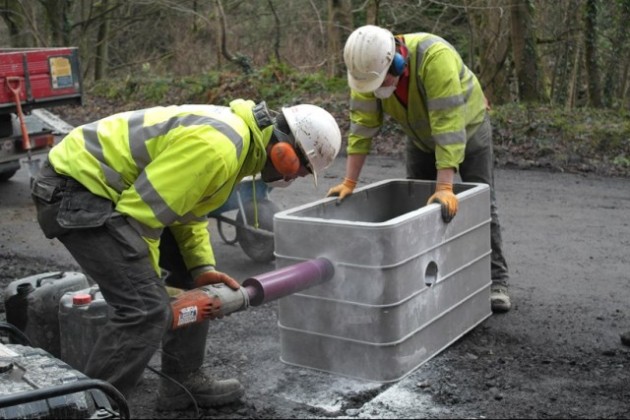The Fiber Broadband Association’s latest survey highlights unprecedented growth in fiber deployment across North America, marking a historic milestone in broadband expansion.
 The 2023 North America Fiber Provider Survey, conducted by RVA LLC Market Research & Consulting, unveiled staggering statistics, showcasing a remarkable surge in Fiber-to-the-Home (FTTH) infrastructure. This year alone witnessed a groundbreaking achievement, with network operators passing nine million additional homes, setting a new record for annual FTTH growth.
The 2023 North America Fiber Provider Survey, conducted by RVA LLC Market Research & Consulting, unveiled staggering statistics, showcasing a remarkable surge in Fiber-to-the-Home (FTTH) infrastructure. This year alone witnessed a groundbreaking achievement, with network operators passing nine million additional homes, setting a new record for annual FTTH growth.
Mike Render, CEO of RVA, is slated to present the survey findings during the upcoming event, “Fiber for Breakfast,” scheduled for Wednesday, December 13, 2023, at 10:00 am EST. The presentation promises an in-depth exploration of the survey’s revelations, offering crucial insights into the expanding landscape of fiber broadband across North America.
Key highlights from the survey reveal a 13 percent increase in FTTH homes passed and marketed to consumers in the United States, culminating in an impressive reach of 78 million homes. Notably, fiber broadband now spans nearly 69 million unique U.S. homes, excluding multiple passings of the same residence. Additionally, providers are reporting an encouraging 45.4 percent average take rate among the homes passed, indicating a substantial improvement in first-year adoption rates for 2023.
Canada witnessed a robust 12 percent growth in fiber passings, totaling 12.1 million. The reach of fiber in Canada extends to 11.2 million unique homes, with an estimated uptake of 44.6 percent across incumbent and CLEC providers.
The survey underscores the evolving landscape of fiber providers, notably with the emergence of rural electric fiber broadband providers in the last five years. Despite constituting the smallest share at 2.2 percent of homes passed, rural electric providers have rapidly entered the market, nearly matching municipal passings at 2.7 percent.
The report said incumbent telephone tier 1 & derivative providers lead with 64.7 percent of homes passed, followed by tier 2 & 3 providers (11.3 percent), private competitive providers/CLECs (9.9 percent), and MSO/Cable operators (9.1 percent).
A significant milestone was achieved as fiber broadband now extends to more than half of the primary homes in the United States, reaching 51.5 percent. Moreover, there’s a growing presence in second homes and short-term rentals, with an estimated market potential of over 100 million homes, accounting for second and third passings in various areas.
Despite this monumental progress, challenges persist, especially for smaller providers. Labor availability, contractor quality, rising construction costs, materials procurement, permitting, and regulatory concerns remain key obstacles, as highlighted by this year’s survey.
Deborah Kish, Vice President of Research and Workforce Development at the Fiber Broadband Association, emphasized the survey’s validation of fiber’s superior benefits. She expressed optimism regarding the recent influx of federal and private investments, foreseeing these as catalysts for future success in extending reliable broadband to all communities.
Kish further reiterated the association’s commitment as a pivotal partner in guiding the fiber broadband industry, offering essential resources to overcome challenges and ensure widespread connectivity, emphasizing the potential for a decade of continued deployment in line with the current momentum.
